0 x item(s)
- 44-0161 Bachmann Scenecraft Narrow Straight Platforms (x2)
EFE Rail - SR Bulleid / Raworth Booster - 00 Gauge
The SR Bulleid / Raworth Booster in 00 Gauge were first announced in November 2023 The model is being produced by Kernow Model Rail Centre on behalf of EFE Rail.
Initialy five versions were announced, with a sixth E82002 following in November 2024, for details click here.
History
The Southern Railway was an early adopter of electric traction, quickly building a network of electrified lines and creating what was once the world’s largest electrified railway system. Electric Multiple Units were principally employed on these electric routes, but as the system expanded beyond the suburbs, the Southern’s Chief Mechanical Engineer Oliver Bulleid and Chief Electric Engineer Alfred Raworth recognised the potential of electricity to power locomotives that could haul coaching stock and freight too. And so, the pair designed a Co-Co electric locomotive, the first of which was built in 1941. The design of the two cabs shared many features with EMUs of the time, whilst between them, within the body of the locomotive, could be found the electrical equipment.
With a much shorter distance between their front and rear pickups, when compared to a multiple unit, locomotives could be prone to losing electrical pickup if any gap in the conductor rail was greater than the distance between the pickups – known as ‘gapping’. To overcome this, two motor generator sets and flywheels were included in the design with the power collected from the third rail used to drive the generators, fitted with heavy flywheels, which then powered the motors. Thus, power to the traction motors would be maintained by the motor generator sets being driven by the flywheel when the traction supply was briefly lost in the event of ‘gapping’. These motor-generator-flywheel sets were referred to as ‘Boosters’, giving the type its nickname. Pantographs were also fitted for overhead pickup in sidings and depots where a conductor rail presented danger to staff.
The first locomotive, No. CC1 (renumbered to No. 20001 by BR) was outshopped by Ashford Works in 1941. Carrying Photographic Grey livery, three horizontal stripes were applied to the bodysides, culminating at the cab end in what we would now call speed whiskers. Being wartime, the cab windows had metal plates added to the top and bottom to reduce the aperture. Next, No. CC1 carried Malachite Green livery with ‘Sunshine’ Southern lettering and yellow lines at solebar and cantrail level. The second locomotive, No. CC2 (BR No. 20002) was built in 1945 and emerged in the same livery. Both were used on express passenger and goods trains.
Passing into BR ownership in 1948, the pair continued in use, with various modifications over the years. A third locomotive, No. 20003 was completed by BR in 1948 however its appearance differed somewhat, having a cab design based on that of more contemporary EMUs with a slab front. Whilst successful locomotives, being a class of three non-standard types, the ‘Boosters’ eventually succumbed to withdrawal with No. 20003 the first to go in October 1968. No. 20002 was withdrawn in December 1968 and No. 20001 survived until January 1969, having been decorated earlier in BR Blue livery with full yellow ends. The trio were classified as Class 70 under the Total Operations Processing System (TOPS), however their withdrawal by 1969, and subsequent scrapping, prevented any of the locomotives from carrying TOPS numbers.
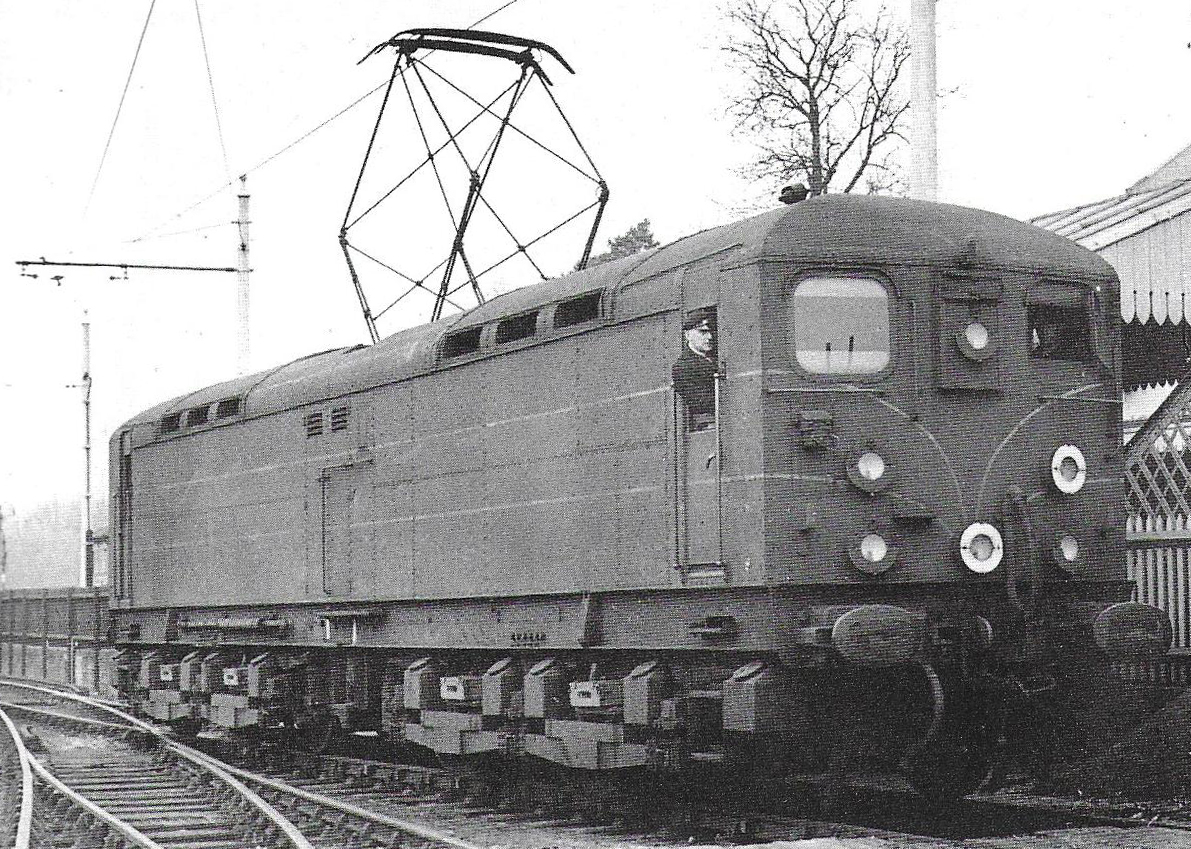
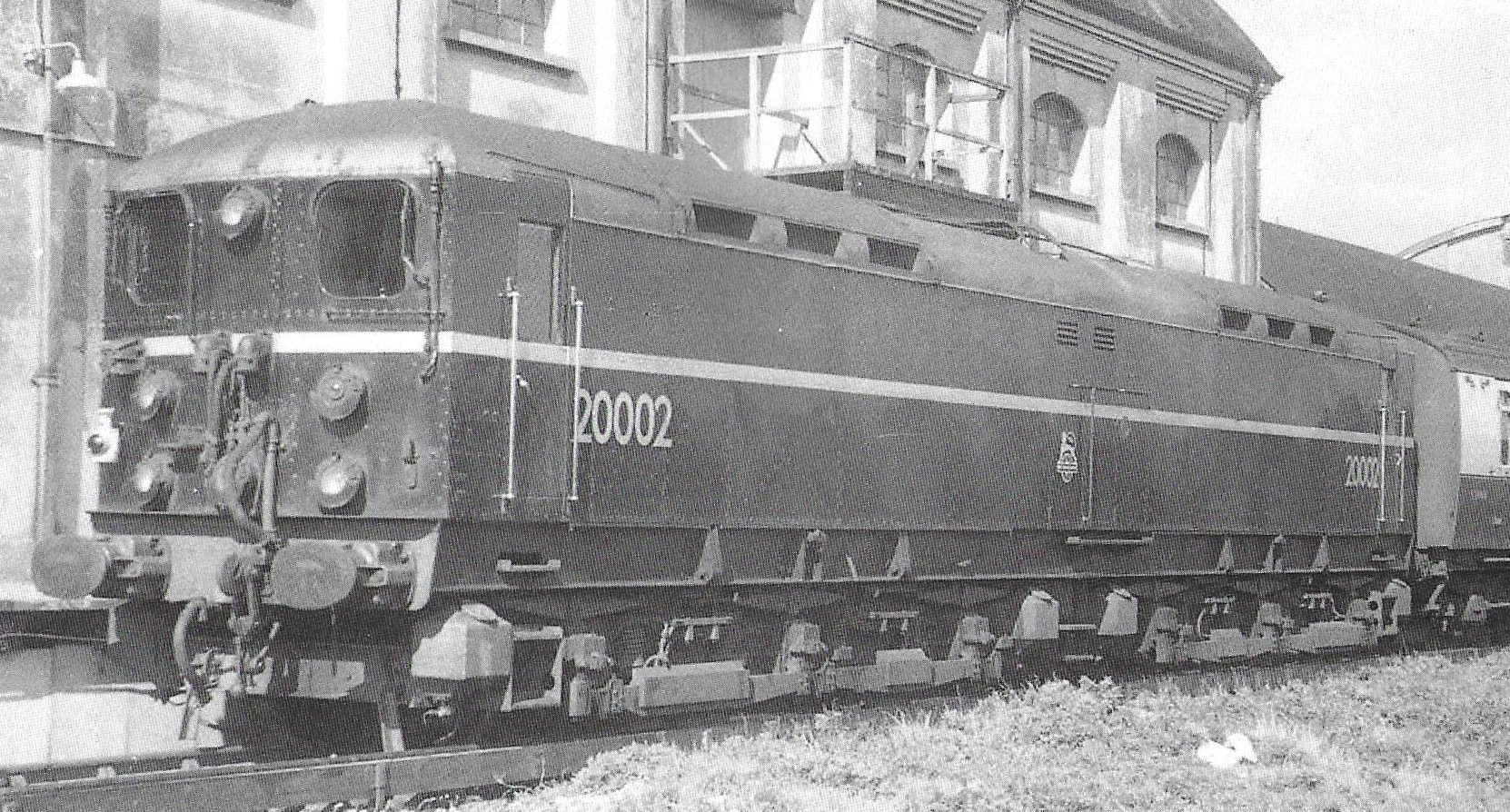
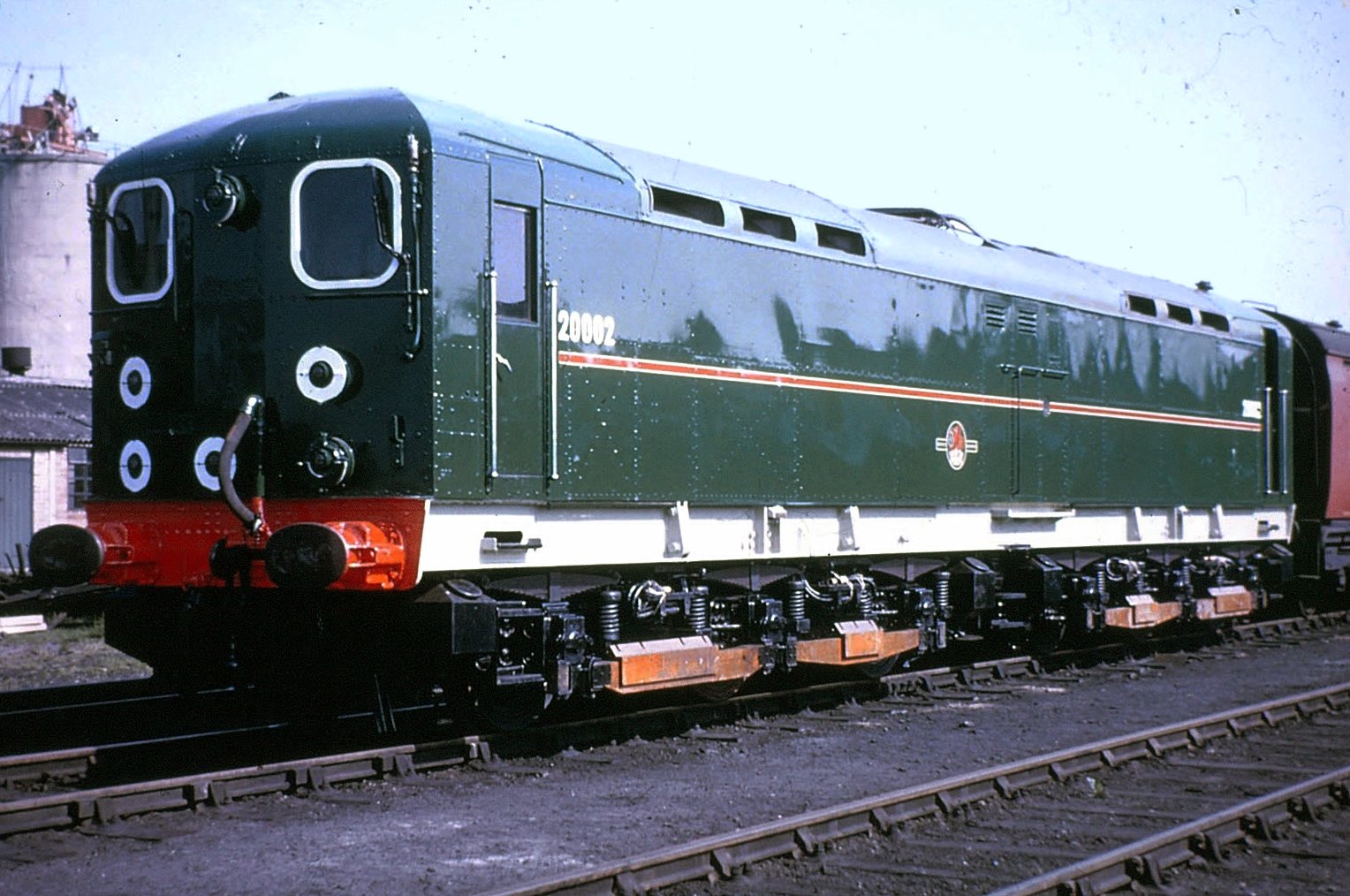
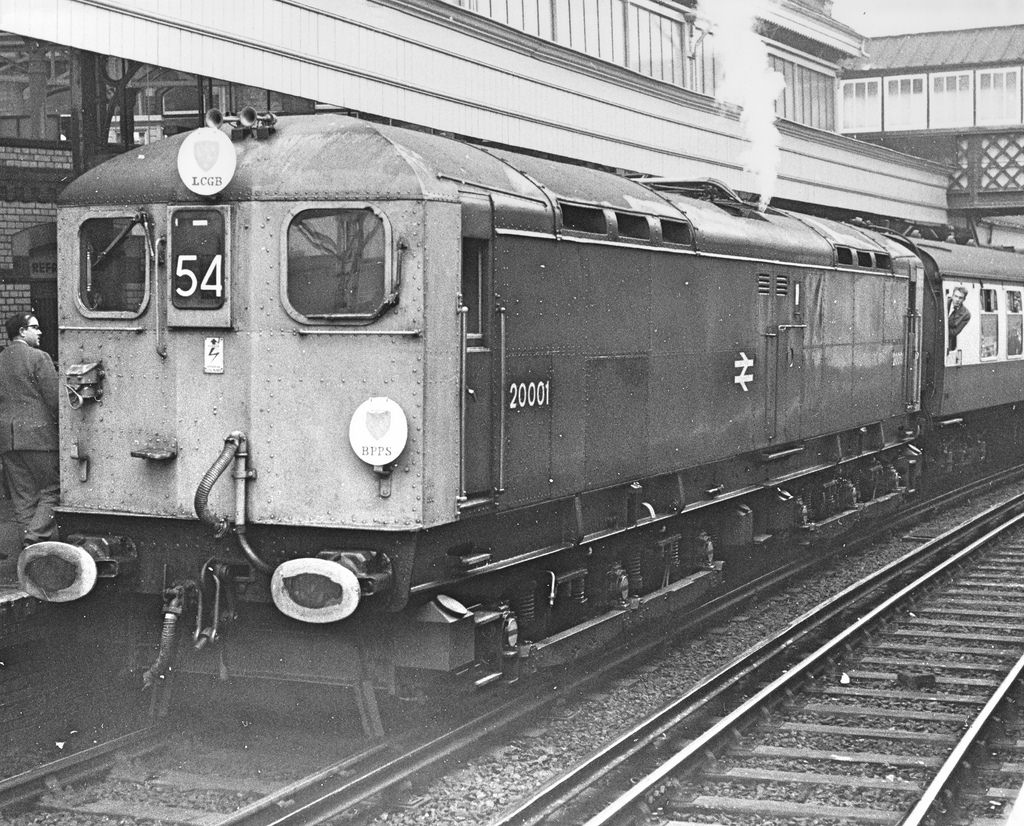
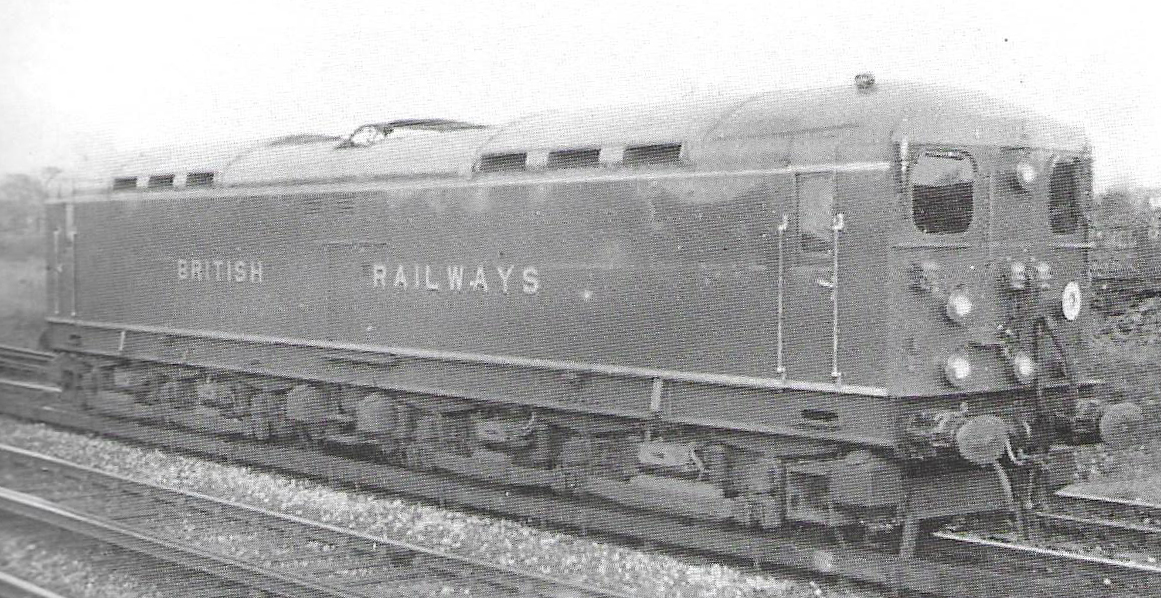
Return to Page Top
EFE RAIL SR BOOSTER SPECIFICATION
Produced especially for the EFE Rail range, this all-new model features a wealth of detail with a varied tooling suite, including 7 body and 5 bogie sideframe toolings, allowing the first two locomotives, CC1 and CC2, to be modelled accurately at various points in their careers. Driven by a 5 pole, skew wound motor with flywheel, each of the six axles are driven whilst all twelve wheels provide electrical pickup. Directional lighting will operate in the forwards direction (the real locomotives were not fitted with tail lights), whilst cab lighting can be operated using a magnetic wand when used on analogue control, or when a 21 Pin DCC decoder is fitted, via two DCC functions. A speaker is pre-fitted to every model, allowing a sound decoder to be fitted to bring another dimension to your model in an instant.
MECHANISM:
- Five pole, skew wound, twin shaft motor with two flywheels providing drive to both bogies
- All axle drive
- Electrical pickup from all wheels
- Separate metal bearings fitted to each axle
- Diecast metal chassis block
- Gearing arranged for prototypical running speeds and haulage capabilities
- 16.5mm (OO gauge) wheels to NEM310 & NEM311 standards with authentic ‘Bulleid’ profile and detailing
- Bogie-mounted coupling pockets to NEM362 standards at each end
- Designed to operate on curves of second radius (438mm) or greater
DETAILING:
- Metal Pantograph, sprung for posing in the up or down position
- Bogies constructed from multiple components featuring full relief detail
- Separately applied detail parts, including lamp irons, handrails, roof vents and whistles
- Sprung buffers
- Cab interior detailing including seats, power handle, brake wheel and dials
- Each model supplied with a full set of decorated, model-specific bufferbeam pipework and accessory parts
LIGHTING:
- Directional lighting (forward direction only)
- Cab lighting, switchable on/off via magnetic wand, or via two separate functions when used on DCC
- Authentic light colours and temperatures selected for each model based on era and application
DCC:
- 21 Pin DCC decoder interface
SOUND:
- Speaker installed in all models for optimum sound reproduction
Return to Page Top
Models
 E82000 EFE Rail SR Bulleid Booster 20001 BR Green
E82000 EFE Rail SR Bulleid Booster 20001 BR Green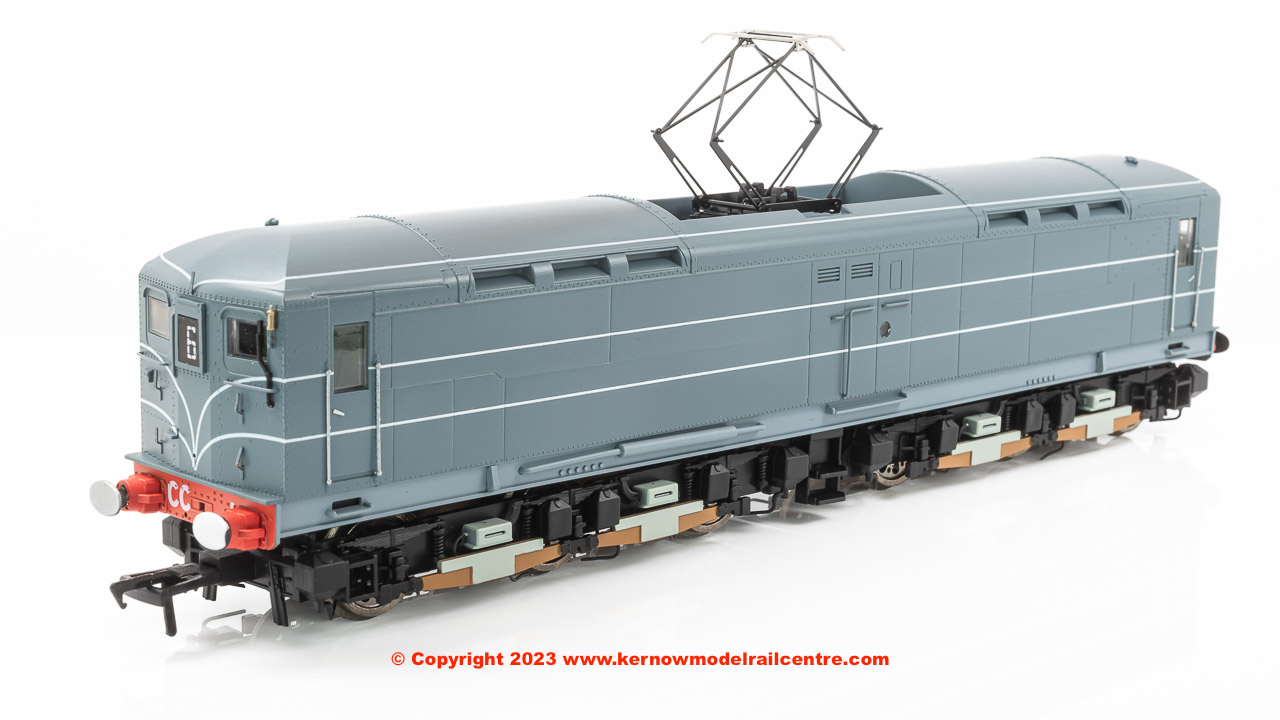 E82001 EFE Rail SR Bulleid Booster CC1 SR Grey
E82001 EFE Rail SR Bulleid Booster CC1 SR Grey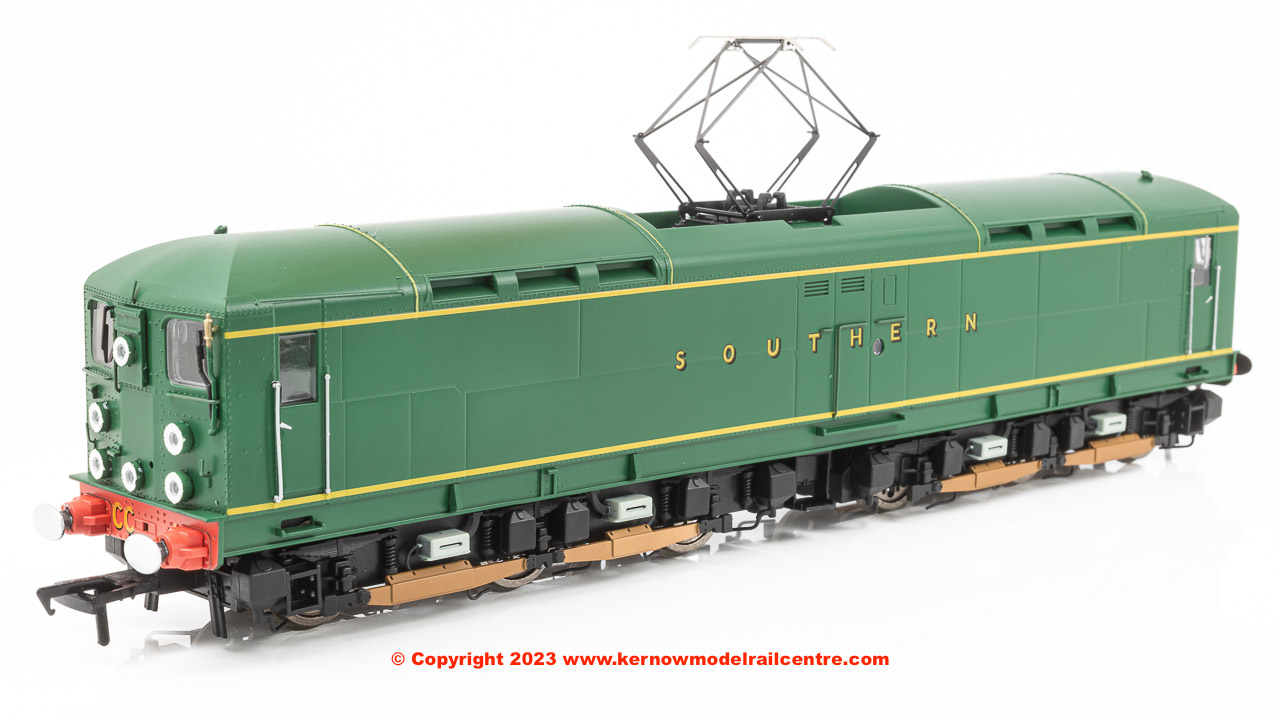 E82002 EFE Rail SR Bulleid Booster CC1 SR Green
E82002 EFE Rail SR Bulleid Booster CC1 SR Green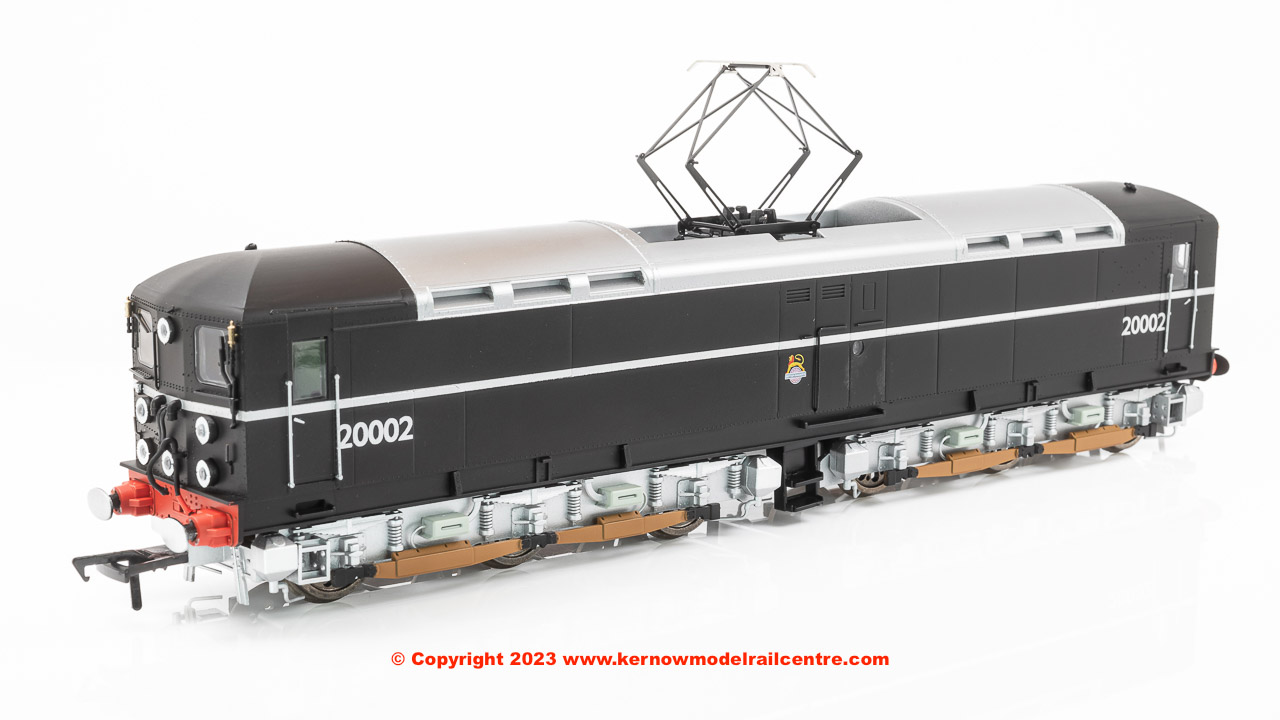 E82003 EFE Rail SR Bulleid Booster 20002 BR Black
E82003 EFE Rail SR Bulleid Booster 20002 BR Black E82004 EFE Rail SR Bulleid Booster 20002 BR Green
E82004 EFE Rail SR Bulleid Booster 20002 BR Green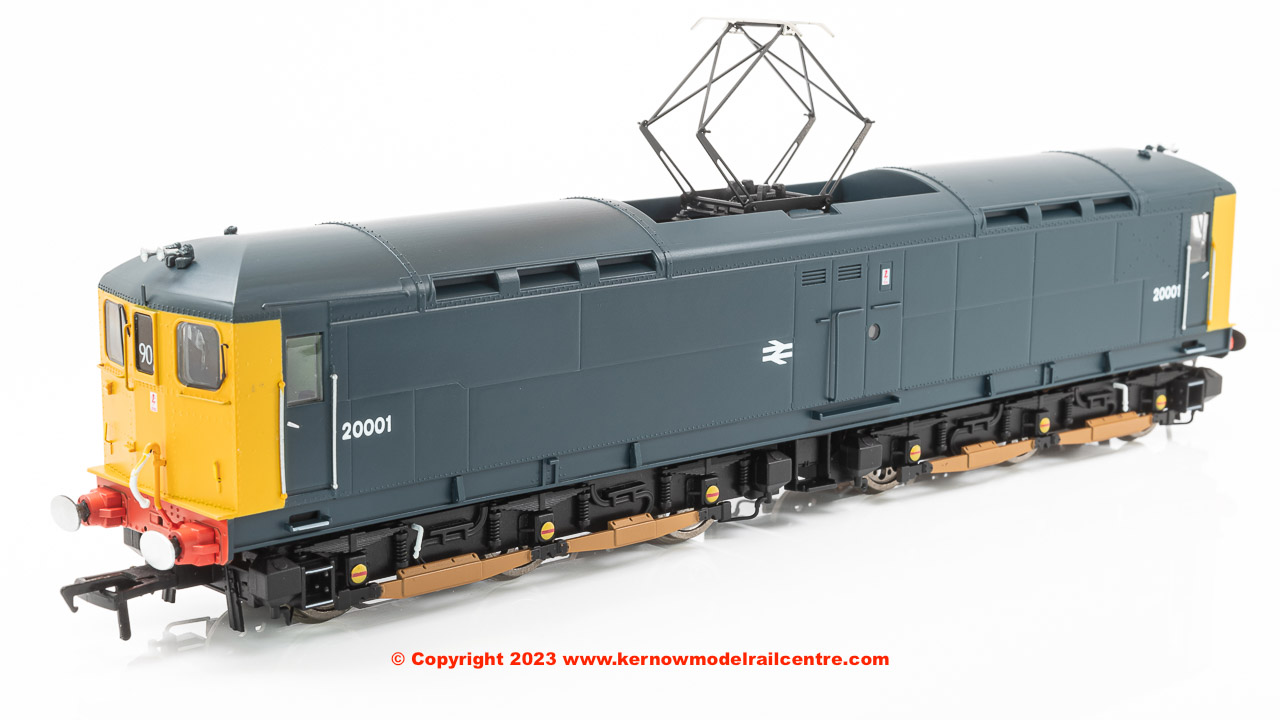 E82005 EFE Rail SR Bulleid Booster 20001 BR Blue
E82005 EFE Rail SR Bulleid Booster 20001 BR BlueReturn to Page Top
-

Academy Models
-

Accurascale
-
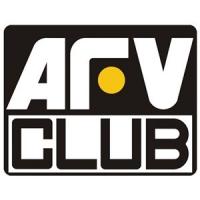
AFV Club
-
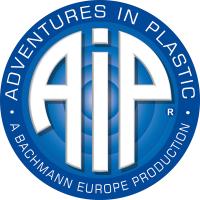
AIP by Bachmann
-
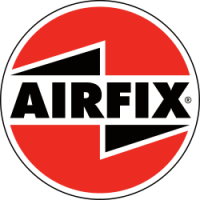
Airfix
-

Arnold
-

ATD Models
-
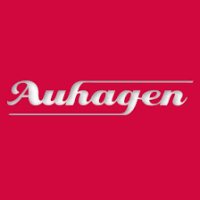
Auhagen
-

Bachmann
-

Bachmann Narrow Gauge
-
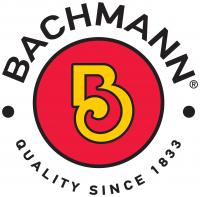
Bachmann USA
-
Barrie Stevenson
-

Bassett-Lowke
-

Berko
-
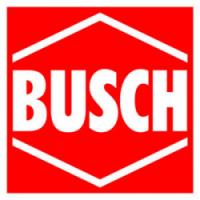
Busch
-

Cambrian
-

Clark Railworks
-

Corgi
-

Cornerstone
-

Dapol
-

DCC Concepts
-

Deluxe Materials
-

Dundas
-
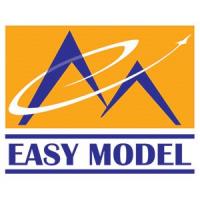
Easy Model
-

Eckon
-

EFE Rail
-

EFE Road
-

Emhar
-
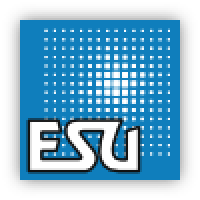
ESU
-
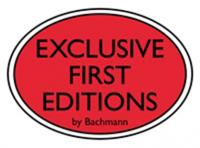
Exclusive First Editions
-

Faller
-

Fleischmann
-
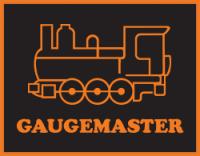
Gaugemaster
-

Gecko Models
-

Golden Valley Hobbies
-

Graham Farish
-

Greenlight Collectibles
-

Heljan
-
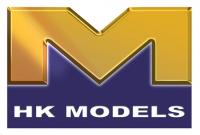
HK Models
-

Hornby
-

Hornby International
-

Hornby TT:120
-

Humbrol
-
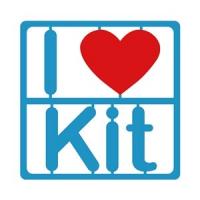
I Love Kit
-

Jouef
-
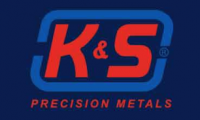
K&S Metals
-

Kadee
-
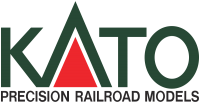
Kato
-
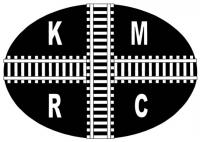
Kernow Models
-
Kestrel
-

Kibri
-

Lenz Digital
-
LightCraft
-

Liliput
-
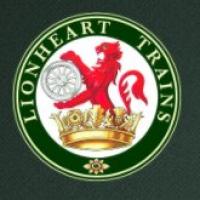
Lionheart Trains
-

Merit
-

Metcalfe
-

Middleton Press
-
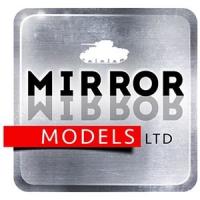
Mirror Models
-
Miscellaneous
-

model scene
-

ModelMaker
-

Murphy Models
-

Noch
-

Oxford Diecast
-
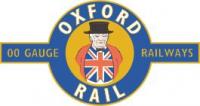
Oxford Rail
-
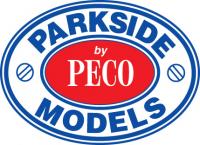
Parkside by Peco
-

PECO
-

Plastruct
-
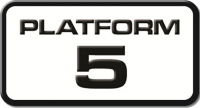
Platform 5
-
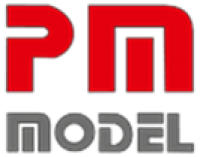
PM Model
-

Preiser
-

Proses
-
RailMatch
-
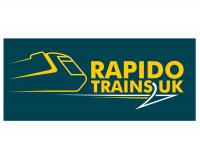
Rapido
-

Ratio
-

Revell
-

Revolution Trains
-

Rivarossi
-

Roco
-
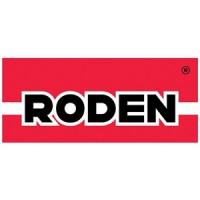
Roden
-

Scale Model Scenery
-

Scalextric
-
Shawplan
-

Slaters
-
Smiths
-

Springside
-
Star Tec
-
Strathwood
-

Superquick
-
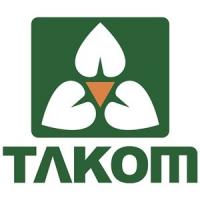
Takom
-
Taliesin
-
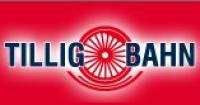
Tillig
-
Tiny Signs
-

Toyway
-
Tracksetta
-

Train-Tech
-

TrainSave
-
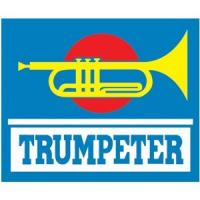
Trumpeter
-

Viessmann
-

Vollmer
-
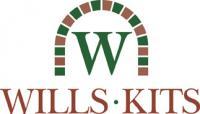
Wills
-

Woodland Scenics
-

Xuron

Connect with us socially

